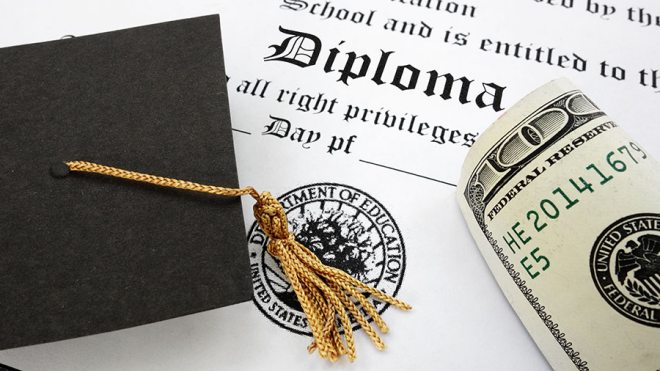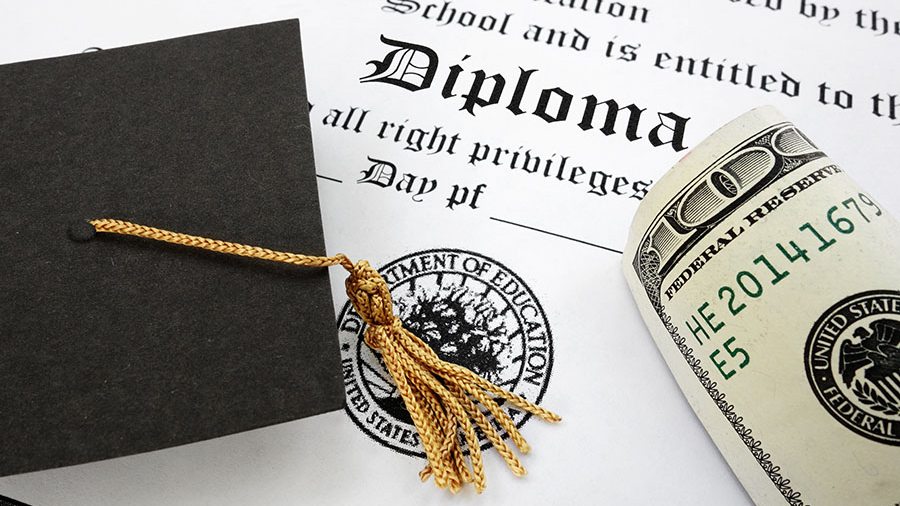Major league baseball’s season is now in full swing, and at any given game, “a swing and a miss” likely will be heard far more than often than “it’s a hit!” That’s because the batting average in major league baseball lies between .250 and .275, with an average of .300 considered very good. In other words, most major league baseball players will fail to get a hit 70% to 75% of the times they are at bat.
Getting a hit in major league baseball is difficult because so many factors must come together for bat to meet ball and for the ball to stay in fair territory. The speed of the pitch, the spin on the ball, the timing and strength of the swing, and the ball’s point of contact with the bat all must align in just the right way to produce a hit. But in baseball, as in poetry, hope springs eternal.
Many colleges and universities today are hoping for a hit, but the factors challenging higher education are lengthening those odds. The impact of the pandemic (and the depletion of pandemic-related relief funds), inflationary pressures, and softening enrollments are affecting not only small institutions—more than 30 of which have announced closures since March 2020—but also some large public and private institutions, which are facing significant and unanticipated budget deficits. In the Big Ten alone, four universities announced budget deficits this spring, with the deficit exceeding $100 million at two of the institutions.
In last month’s blog, we encouraged colleges and universities to get an early lead in program review, combining financial and academic perspectives to ensure that the institution is offering a vital and sustainable mix of programs that can help position it for future growth. This month we encourage institutions to dig deeper. Looking at the optimized academic portfolio, as well as projections for future enrollment, tuition pricing, and necessary investments, what are realistic expectations for the institution’s future sustainability? Are there areas of cost savings the institution can expect to realize? To what extent will investments in promising or successful programs drive future revenue growth and sustainability? What combination of factors would have to align for these strategies to become reality?
These questions are particularly acute for institutions that are encountering financial difficulties now or that see indicators of trouble ahead (e.g., declining enrollments, deepening tuition discounts, diminishing cash flows, etc.). Hope springs eternal in higher education as well, and that can be a good thing: it keeps up morale, boosts the confidence of faculty and staff, and can inspire creativity and bold action. But hope, in and of itself, is not a strategy. Rather, when grounded in an understanding of where an institution stands today and what will be required to put it on a stable footing, a notion of future success can provide the needed impetus to drive successful implementation of needed initiatives.
An important part of understanding the potential for ongoing success is creating time for the institution to correct its course. If the institution identifies problems early in the game, it can probably afford more swings to secure a hit. But if problems have been mounting unaddressed for some time, the institution may find itself late in the game, with its options limited to swinging big and hoping for a home run.
What might a big swing in higher education look like today? In a recent blog, Kaufman Hall chair Ken Kaufman discussed what organizations must do when they find that their traditional strategies are aging out, drawing on the example of Ford’s decision to stop selling almost all of its internal-combustion sedans as it planned its pivot to electrifying its fleet. Ken notes that Ford did not fully abandon its strategy; instead, “it took what was relevant and successful”—in Ford’s case, its trucks, SUVs, and one remaining sedan, the Mustang—"and added that to the future-focused pivot.”
If colleges and universities double down on what is relevant and successful in their programs, they may increase their odds of future success. Institutions might consider new partnership models: for colleges that are in close geographic proximity, for example, one institution might focus solely on STEM disciplines, another on the arts and humanities, a third on business disciplines, and a fourth on healthcare professions. Other institutions might consider partnership models that facilitate sharing of administrative functions, research facilities, or faculty. Perhaps there are opportunities to align with a national partner: Northeastern University, for example, has built a network of 14 campuses, recently bringing Mills College in Oakland, California, into its network and preserving its focus on equity, social justice, and women’s leadership. A focus on programs where the institution excels may open opportunities for a new capital partner; for example, perhaps there is a health system seeking to build a talent pipeline for healthcare professionals that is willing to invest to ensure access to high quality graduates.
The environment in which higher education is operating is creating the need for new thinking and strategies based on a deep understanding of its mix of programs and the needs of prospective students. Like higher education, baseball has a rich history of traditions, but it faced the need to change or risk losing its fan base. With the 2023 season, a new set of rules has been introduced to make the game faster and more exciting for fans. It understood the need to swing big. Perhaps higher education can learn from its example.










